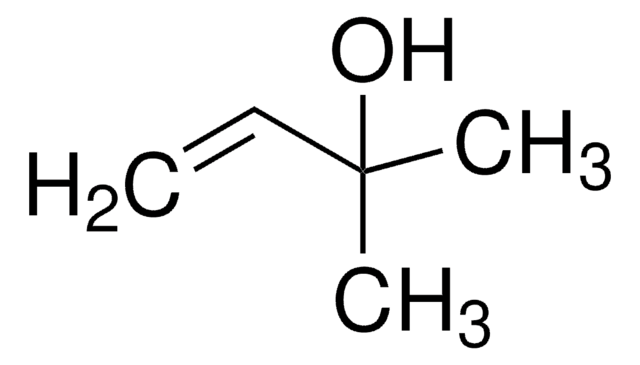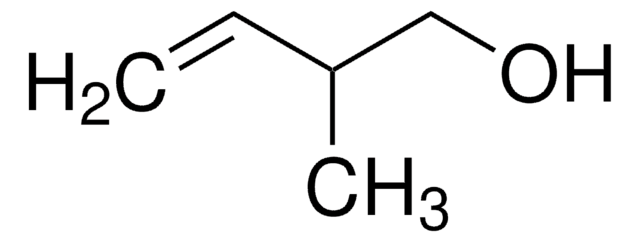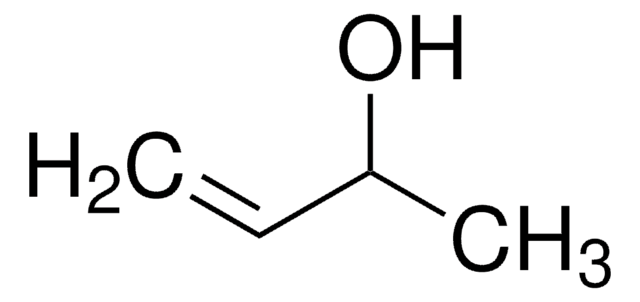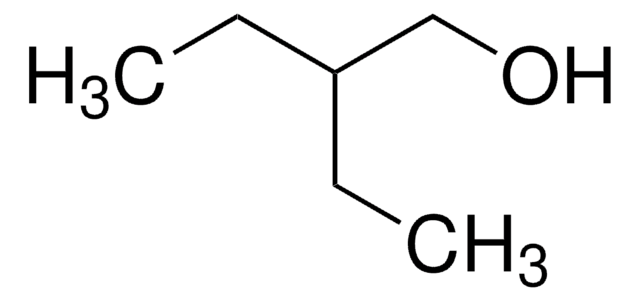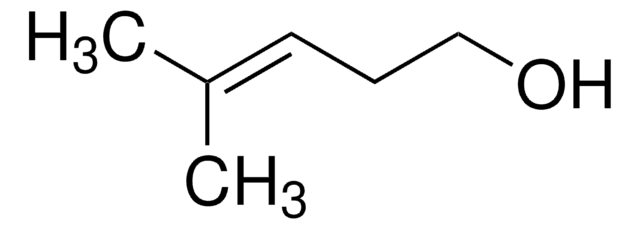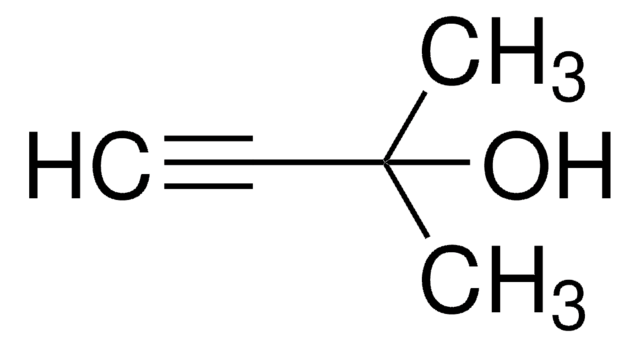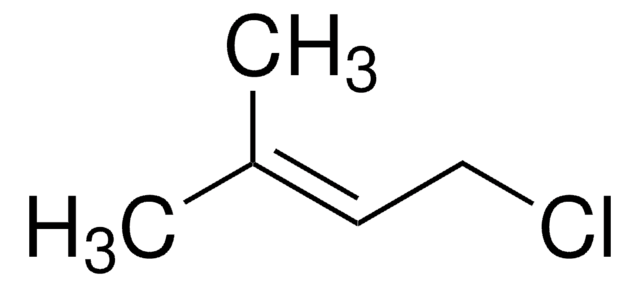Key Documents
162353
3-Methyl-2-buten-1-ol
99%
Synonim(y):
3,3-Dimethylallyl alcohol, Prenol
About This Item
Polecane produkty
ciśnienie pary
1.4 mmHg ( 20 °C)
Poziom jakości
Próba
99%
Postać
liquid
granice wybuchowości
16.3 %
współczynnik refrakcji
n20/D 1.443 (lit.)
tw
140 °C (lit.)
gęstość
0.848 g/mL at 25 °C (lit.)
grupa funkcyjna
hydroxyl
ciąg SMILES
C\C(C)=C\CO
InChI
1S/C5H10O/c1-5(2)3-4-6/h3,6H,4H2,1-2H3
Klucz InChI
ASUAYTHWZCLXAN-UHFFFAOYSA-N
Szukasz podobnych produktów? Odwiedź Przewodnik dotyczący porównywania produktów
Opis ogólny
Zastosowanie
Hasło ostrzegawcze
Danger
Zwroty wskazujące rodzaj zagrożenia
Zwroty wskazujące środki ostrożności
Klasyfikacja zagrożeń
Acute Tox. 4 Inhalation - Acute Tox. 4 Oral - Eye Dam. 1 - Flam. Liq. 3 - Skin Corr. 1B - STOT SE 3
Organy docelowe
Respiratory system
Kod klasy składowania
3 - Flammable liquids
Klasa zagrożenia wodnego (WGK)
WGK 1
Temperatura zapłonu (°F)
124.7 °F - closed cup
Temperatura zapłonu (°C)
51.5 °C - closed cup
Środki ochrony indywidualnej
Eyeshields, Faceshields, Gloves, type ABEK (EN14387) respirator filter
Wybierz jedną z najnowszych wersji:
Certyfikaty analizy (CoA)
Nie widzisz odpowiedniej wersji?
Jeśli potrzebujesz konkretnej wersji, możesz wyszukać konkretny certyfikat według numeru partii lub serii.
Masz już ten produkt?
Dokumenty związane z niedawno zakupionymi produktami zostały zamieszczone w Bibliotece dokumentów.
Klienci oglądali również te produkty
Nasz zespół naukowców ma doświadczenie we wszystkich obszarach badań, w tym w naukach przyrodniczych, materiałoznawstwie, syntezie chemicznej, chromatografii, analityce i wielu innych dziedzinach.
Skontaktuj się z zespołem ds. pomocy technicznej
